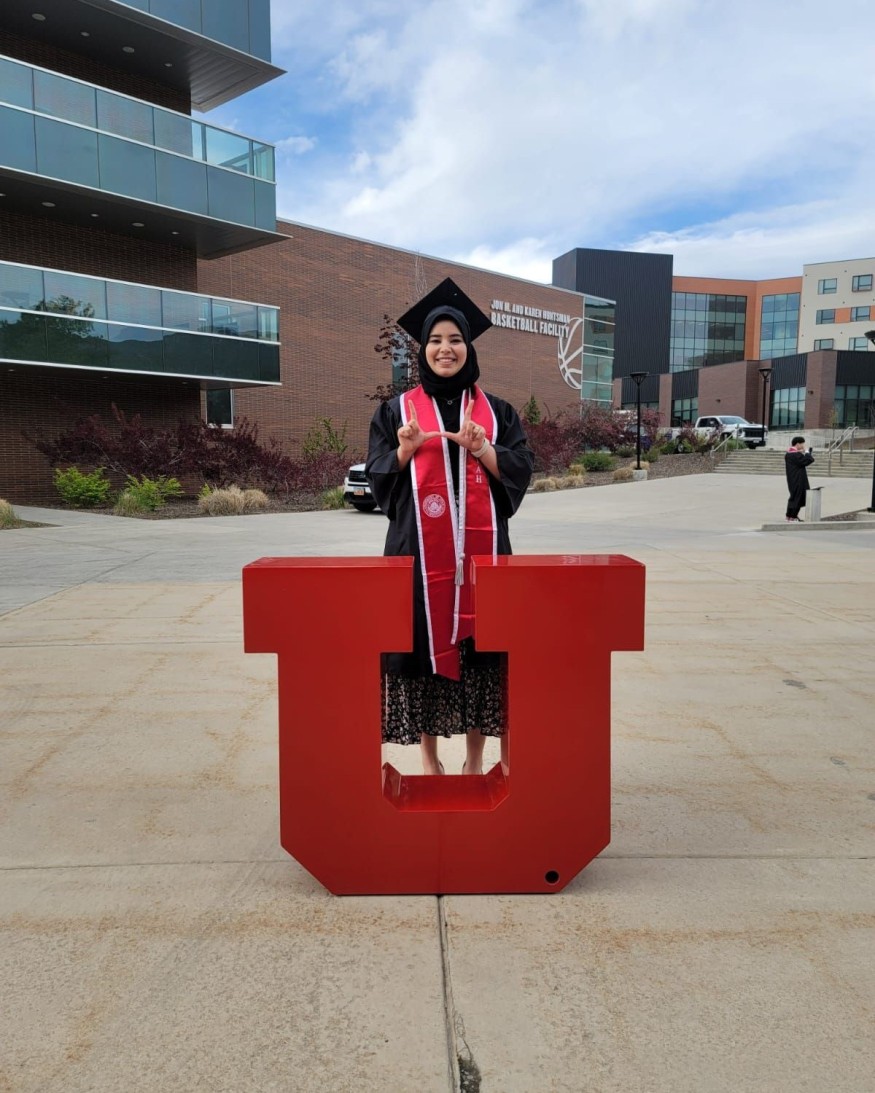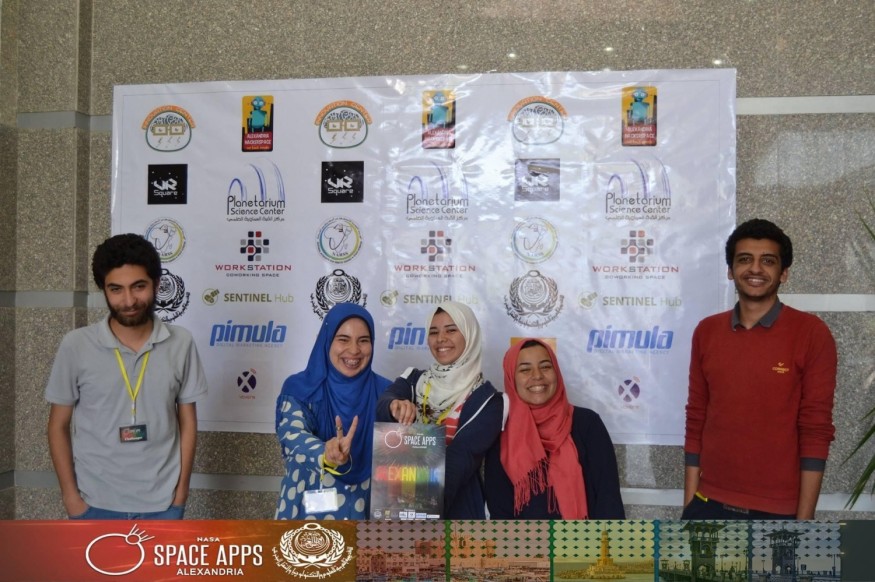
Mirna Mohamed, a seasoned physics education researcher and a graduate teaching assistant, joins the physics education research department and theoretical physics to heighten the scope of scientific literacy. She addresses challenges in physics education, which includes supporting diversity and contributing her work to national interest.
A Physics Background in Education

Mirna pursued her bachelor's degree in physics—Physical Oceanography at Alexandria University. She studied theoretical and applied physics concepts, conducting research to link physics and the physical oceanography fields. NASA's Space Apps Challenge coordinator rewarded her with the Local People's Choice Winner title during her bachelor's program.

Working alongside four other members, she created Baywatch to help beachgoers monitor hazards and stay aware of varying weather conditions. Mohamed developed a responsive web app and a mobile application for the system intending to regulate beach opening and closing conditions based on UV indexes, sea level, humidity, wave data, and other data. The application also gave insight into what to do in emergencies and the safest beach in Alexandria at certain times. She employed the Global Solar UV Index API to collect information about the beaches, demonstrating her competency with programming.
She continued her academic journey at the University of Utah to achieve her master's degree. Additionally, she contributed to the physics field by providing research assistance and graduate teaching assistant services, as well as working as an assistant instructor in the institution's Department of Physics and Astronomy.
Impacting the Physics Department via Research

During her bachelor's degree, Mirna Mohamed performed extensive research on the physical nature of the universe. She studied quasars and their luminosity, employing a plethora of data analysis tools and the inverse square law to measure apparent brightness based on their distance.
While engaged in her master's degree program, she sought to stimulate diversity in physics and address the challenges international students in STEM education face. One of her key projects, "Microaggressions Faced by International Students in the US with a Discussion on Critical Race Theory," identified challenges underrepresented groups faced in education, including discrimination from their peers, adjustments to cultural norms, and racialized experiences. She proposed solutions where universities can remediate the issue by hosting cultural events and building student support systems.
Current Activities as a PhD Candidate
As a physics education researcher, she continues to foster diversity and reduce the impact of social and cultural barriers. By conducting qualitative interviews with international students, she gains insight into language differentiation and the obstacles that result when the students develop their scientific literacy.
Conclusion
As a physics education researcher, she continues to foster diversity and reduce the impact of academic barriers on female physicists and women in STEM in general. By conducting qualitative interviews and data analysis, she gains insight into language differentiation and the obstacles that result when the students develop their scientific literacy.
About the Author
Gabrielle Crist is a computational physicist who integrates complex formulas and algorithms into her workflow to deliver scientific solutions. She builds simulation tools to replicate the physical phenomena of the universe.
© 2025 ScienceTimes.com All rights reserved. Do not reproduce without permission. The window to the world of Science Times.











